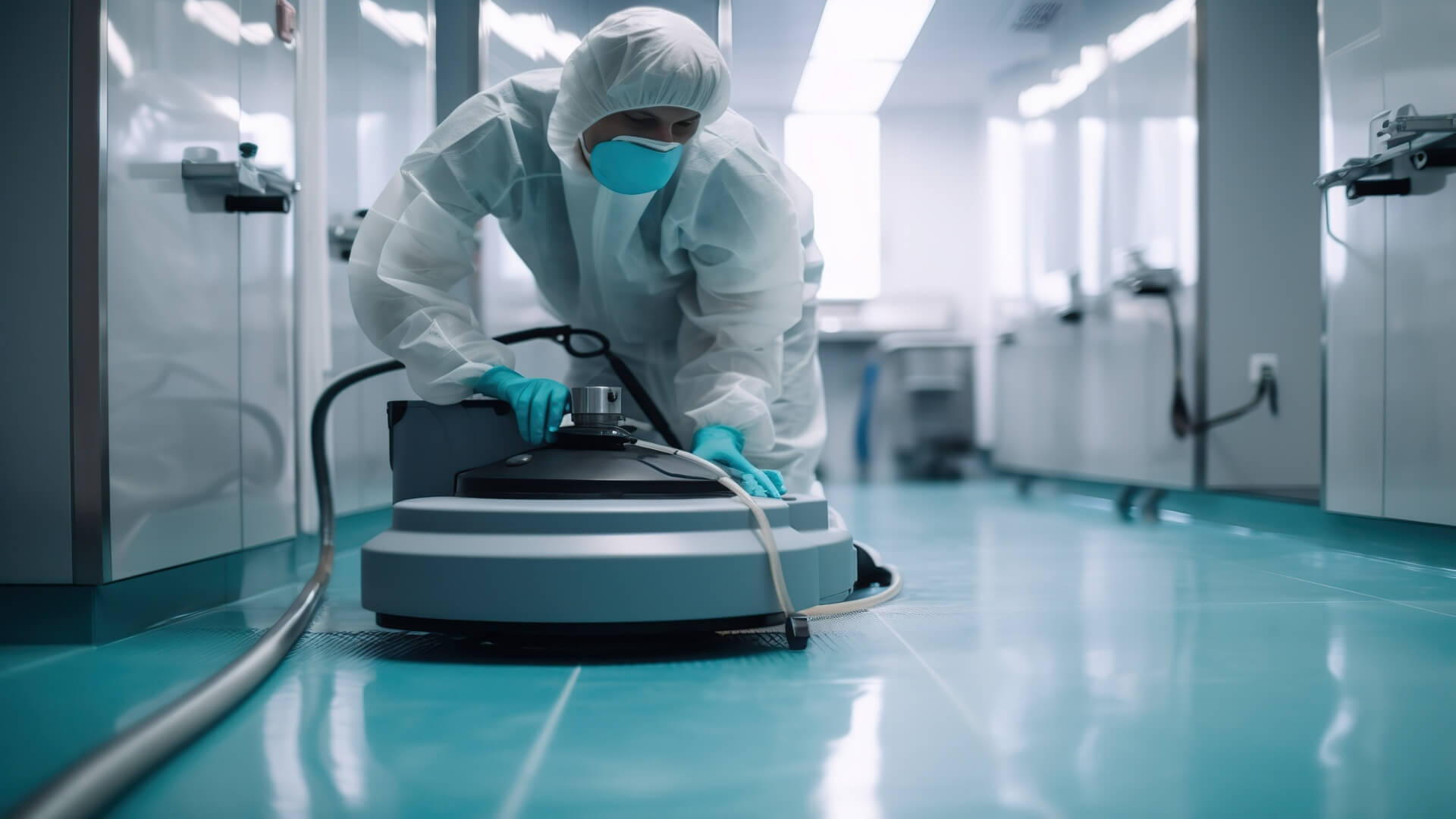Prevention is vital in modern healthcare, prioritizing proactive measures to avoid diseases and improve public health outcomes. Disinfection practices are critical in preventing infections by eliminating harmful microorganisms in healthcare environments, acting as a defence against pathogens and HAIs.
Hiring commercial disinfectant cleaning services is a prudent choice if you want to ensure a thorough and efficient disinfection process. They have the expertise, equipment, and knowledge to eliminate or inactivate pathogens from various surfaces and objects effectively.
That said, this article explores the significant impact of disinfection practices on healthcare. Read on!
Understanding Disinfection Practices In Healthcare
Disinfection is the process of reducing viable microorganisms on surfaces and objects to ensure public safety. It involves chemical agents, heat, or ultraviolet (UV) radiation to eliminate or inactivate pathogens.
Different types of disinfection methods in healthcare include the following:
- Chemical disinfection (using specific agents based on pathogen effectiveness)
- Heat disinfection (using steam or dry heat)
- UV radiation (destroying genetic material)
- Hydrogen peroxide vapor (for enclosed spaces)
Choosing the appropriate method depends on contamination level, pathogen type, material, and practicality in the healthcare setting.
Ways On How Disinfection Practices Shape The Future Of Healthcare
In healthcare facilities, where vulnerable patients and healthcare workers interact, disinfection plays a critical role in preventing the transmission of infections. Proper disinfection of medical equipment, patient rooms, and high-touch surfaces significantly reduces the risk of HAIs and safeguards patient safety.
Below are various ways disinfection practices pave the way for a safer and more efficient future in healthcare.
1. Reduces HAIs
Implementing effective disinfection practices significantly contributes to preventing and controlling HAIs. This could further lead to improved patient safety and reduced healthcare costs. For example, regular disinfection of high-touch surfaces in patient rooms and common areas can minimize the risk of cross-contamination and infection transmission.
2. Promoting Better Patient Outcomes
By employing targeted and appropriate disinfection protocols, healthcare facilities can slow down the development of antimicrobial resistance, preserving the effectiveness of antibiotics and other treatments.
Proper disinfection practices also contribute to better patient outcomes by minimizing the risk of secondary infections, post-operative complications, and healthcare-associated complications. This could lead to shorter hospital stays and faster patient recovery.
3. Advancements In Disinfection Technologies
The adoption of novel disinfection technologies, such as UV-C light, hydrogen peroxide vapor, and ozone, allows for more efficient and thorough disinfection of healthcare environments. For instance, UV-C light systems can be used to disinfect patient rooms, surgical suites, and equipment quickly and effectively.
4. Automation And Robotics
Robotic and automated disinfection systems enhance consistency and reduce the risk of human error in disinfection processes. These systems can autonomously navigate healthcare facilities, disinfecting surfaces and rooms using programmed protocols, ensuring a higher level of cleanliness.
5. Environmental Impact And Sustainability
Healthcare facilities are increasingly adopting eco-friendly disinfectants and sustainable practices to minimize their environmental footprint while maintaining effective disinfection. This helps in promoting environmentally responsible healthcare practices.
6. Standardization And Compliance
Establishing standardized disinfection protocols and ensuring compliance across healthcare facilities can lead to better consistency and outcomes in infection prevention. Adherence to standardized procedures can reduce the risk of errors and increase overall efficiency.
7. Research And Integration Of Artificial Intelligence (AI)
Ongoing research into new disinfection methods, materials, and technologies, along with AI-powered systems for real-time monitoring and predictive analysis, will drive innovation in the field of healthcare disinfection. These advancements will continue to evolve based on scientific discoveries and technological progress, leading to more effective infection control strategies.
8. Behavioural Change And Training
Educating healthcare staff about the importance of proper disinfection practices and promoting behavioral changes can lead to a culture of infection prevention and control. Regular training sessions can ensure that healthcare workers are well-informed about the latest disinfection guidelines and practices.
9. Telemedicine And Remote Monitoring
Disinfection practices also extend to telemedicine and remote monitoring technologies. This ensures the cleanliness and safety of medical devices used in virtual healthcare interactions. In addition, regular disinfection of equipment used in telemedicine sessions maintains the standard of care.
10. Public Health Preparedness
Robust disinfection protocols and infrastructure are essential for preparedness during public health emergencies. This allows swift response to outbreaks and containing emerging infectious diseases. Moreover, this level of preparedness can help prevent the spread of infectious diseases during crises, safeguarding public health.
Conclusion
The advancements and emphasis on disinfection practices deeply influence the future of healthcare. Healthcare facilities can significantly improve patient outcomes, promote sustainability, and enhance public health preparedness globally by prioritizing infection prevention and adopting innovative disinfection technologies.




















